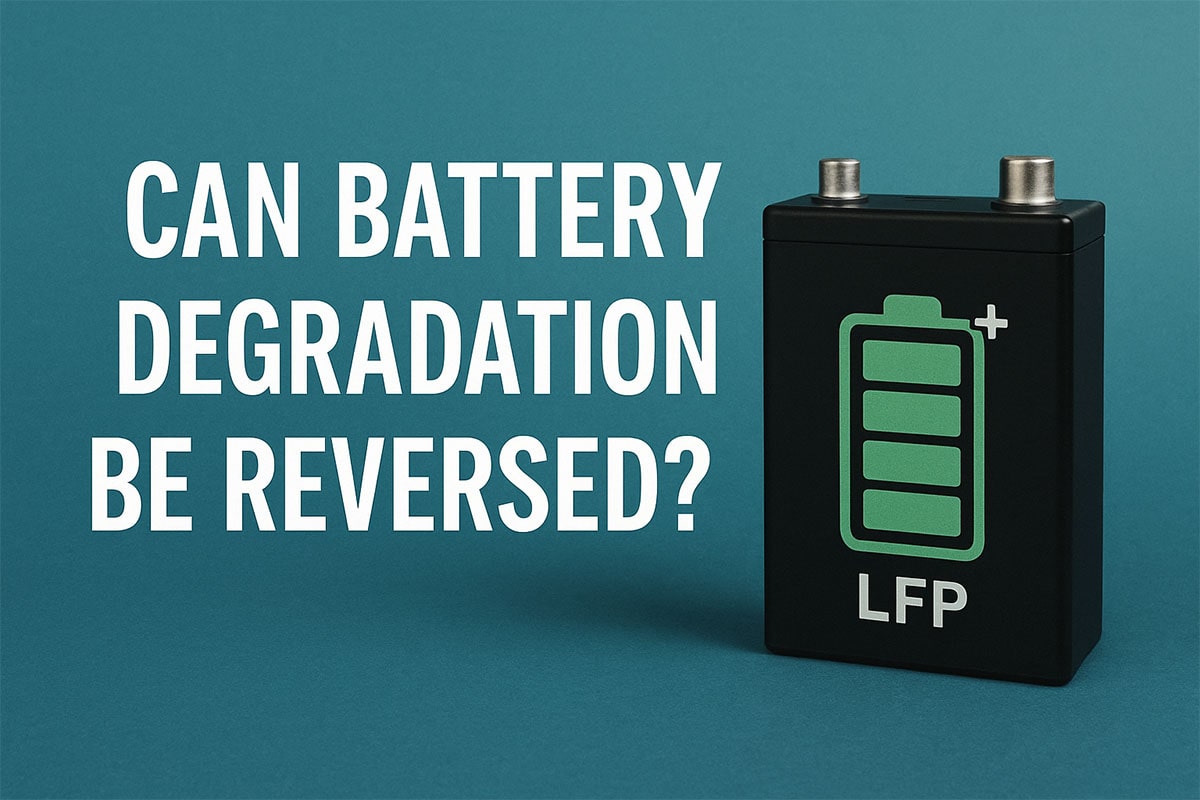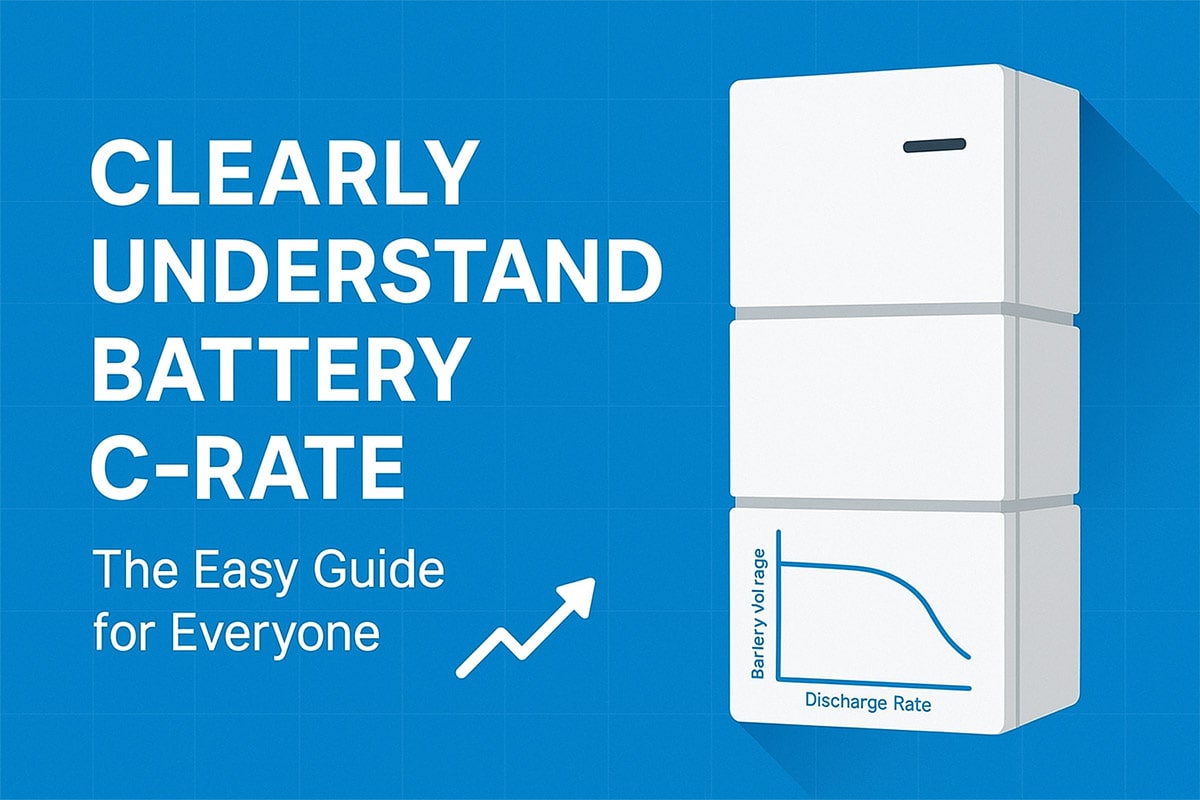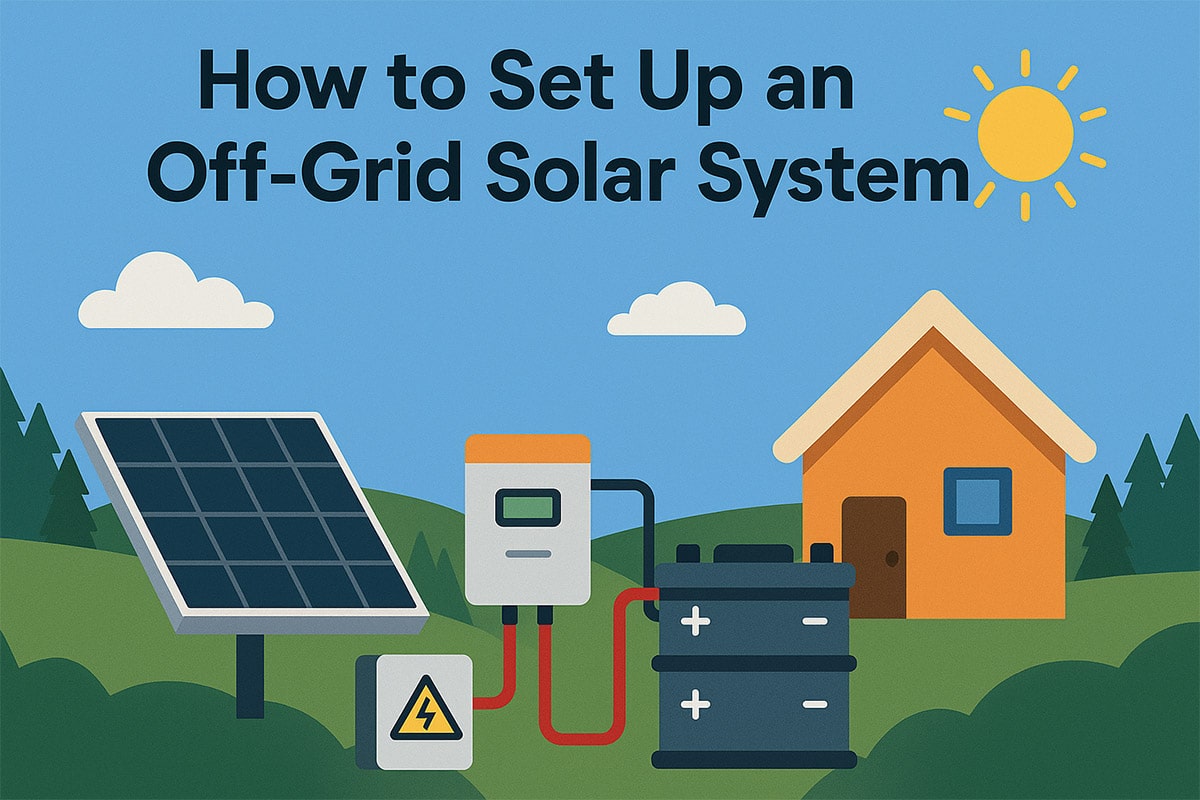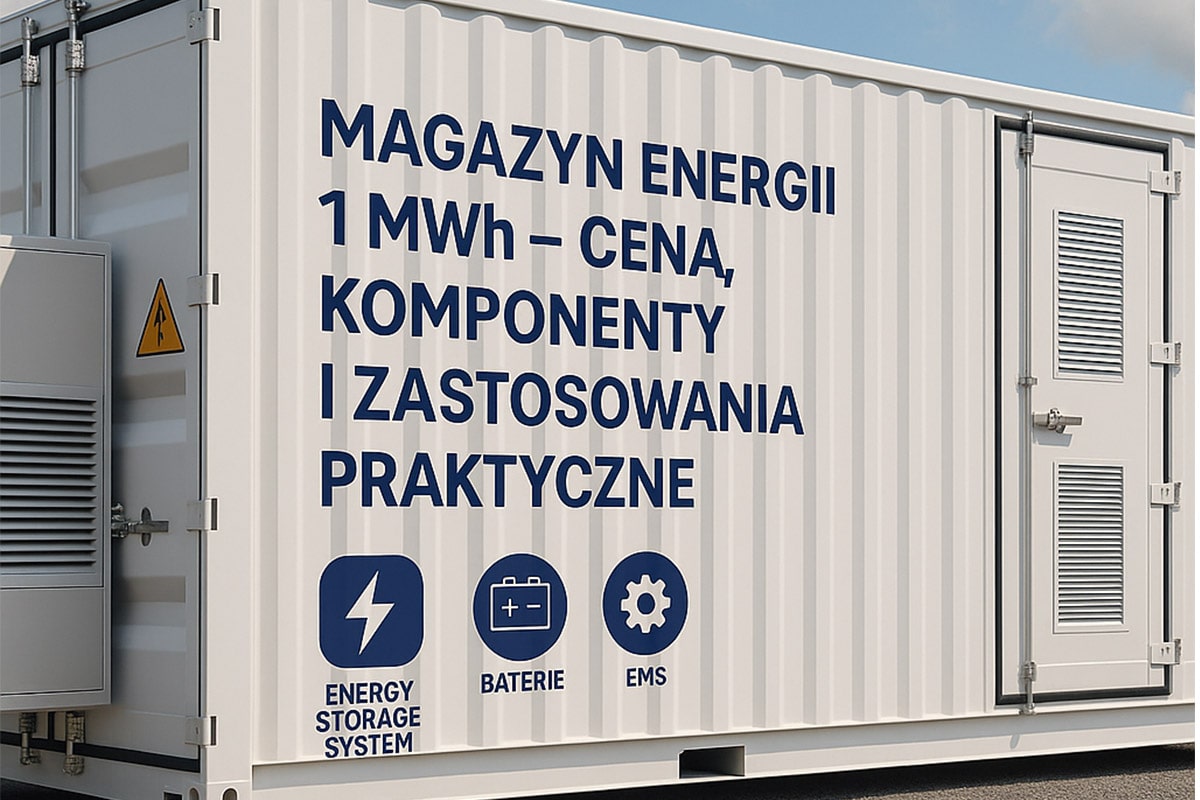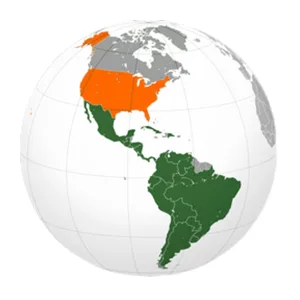The Difference between Photovoltaic Cables and Ordinary Cables
The Difference between Photovoltaic Cables and Ordinary Cables
Guide: The characteristics of photovoltaic cables are determined by their special insulating materials and sheathing materials, which we call cross-linked PE. After being irradiated by an irradiation accelerator, the molecular structure of the cable materials will change, thus providing its aspects performance.
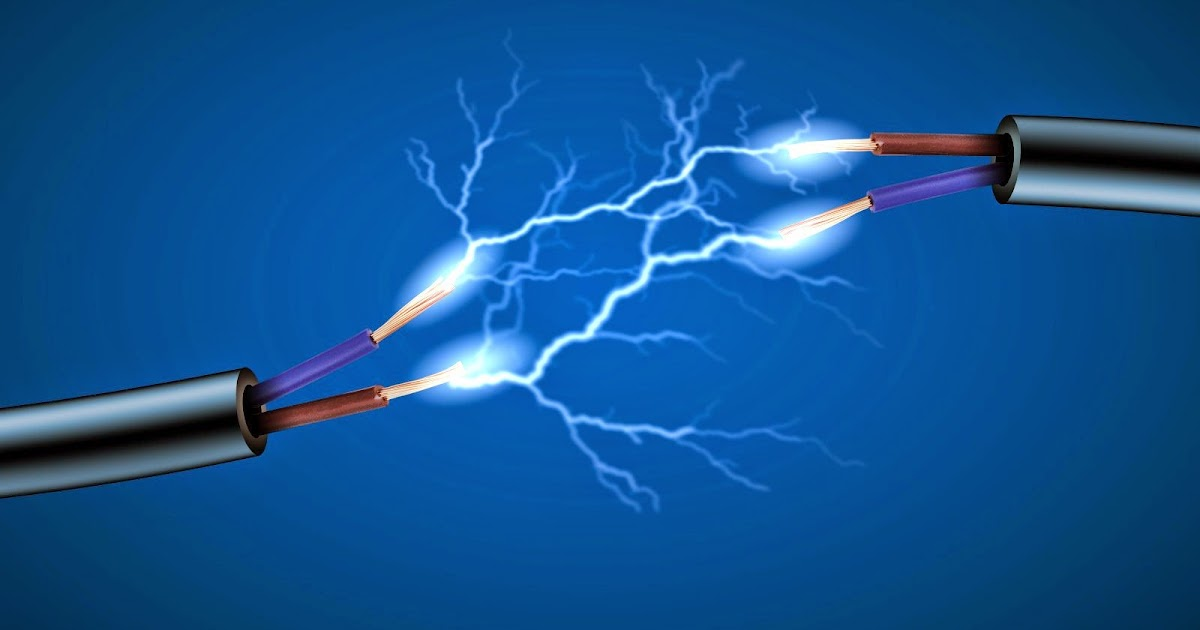
Photovoltaic cables are constantly exposed to sunlight and solar systems are often used under harsh environmental conditions such as high temperatures and UV radiation. In Europe, sunny days can lead to solar system site temperatures of up to 100°C. At present, the various materials we can use are PVC, rubber, TPE and high quality cross-link materials, but unfortunately, there are rubber cables rated at 90°C, and even PVC cables rated at 70°C It is also often used outdoors. At present, the National Golden Sun Project is launched frequently. In order to save costs, many contractors do not choose special cables for solar systems, but choose ordinary pvc cables instead of photovoltaic cables. Obviously, this will greatly affect the use of the system. life.
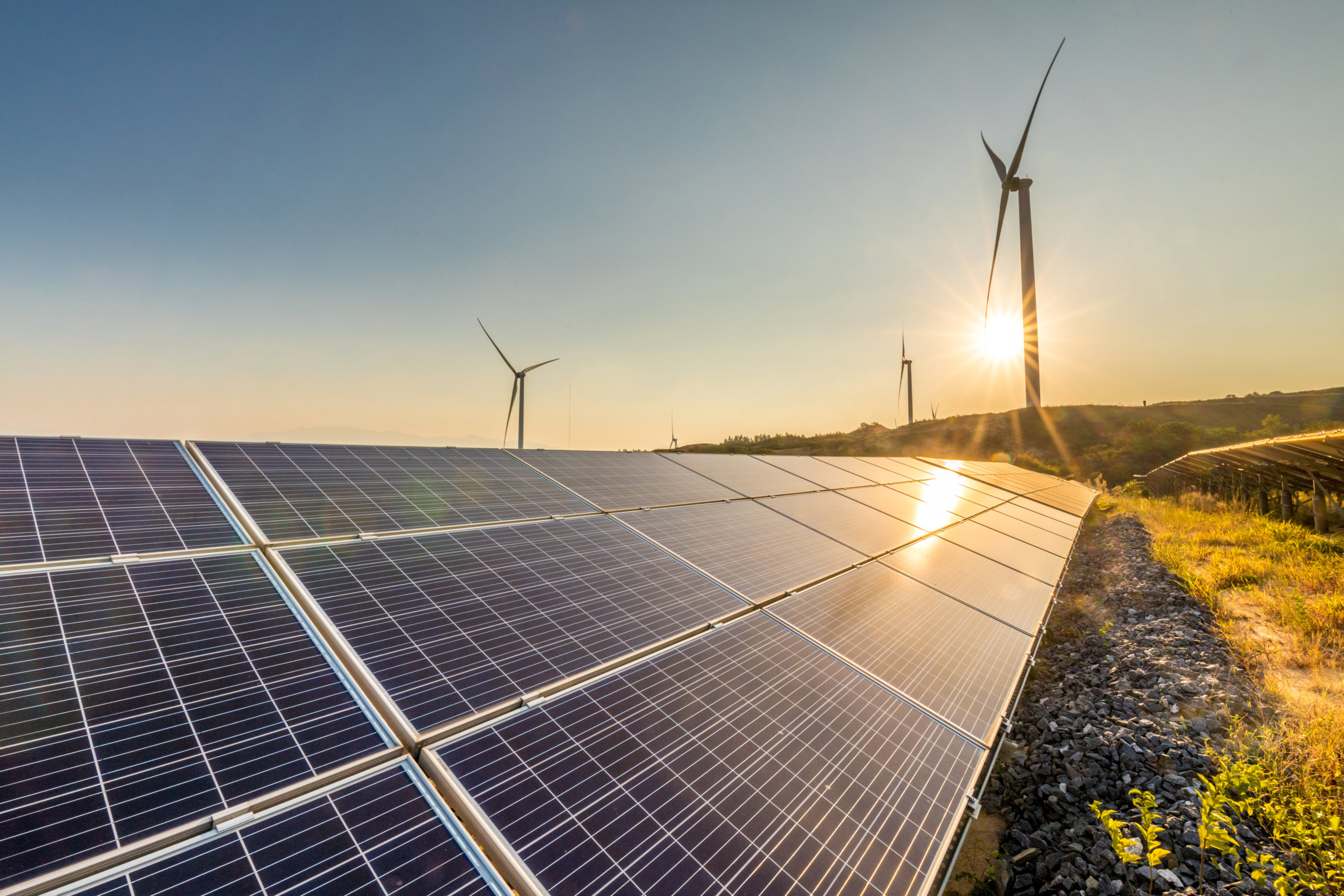
The characteristics of photovoltaic cables are determined by their special insulation and sheath materials for cables. We call them cross-linked PE. After being irradiated by an irradiation accelerator, the molecular structure of the cable materials will change, thereby providing various aspects of performance.
Resistance to mechanical load:
In fact, during installation and maintenance, cables can be routed over sharp edges of the roof structure while the cables have to withstand compression, bending, tension, cross tensile loads and severe impacts. If the cable sheath is not strong enough, the cable insulation will be severely damaged, affecting the service life of the entire cable or causing problems such as short circuits, fire and personal injury hazards.

